Posters
In this photo exhibition are presented only a small part of the experiments and themes covered by the laboratories of LabEx P2IO. These themes range from the exploration of the infinitely small to the infinitely large. To discover much more about this research, we recommend exploring the P2IO website and visiting the websites of the different laboratories attached to P2IO :
http://www.p2io-labex.fr/en/Phocea/Vie_des_labos/Ast/ast_service.php?id_unit=171
These laboratories welcome every year many trainees, doctoral students and post-doctoral students.
The links to the websites of the experiments in the exhibition are given below.
ALICE Experiment.
|

|
The ALICE experiment studies the formation of the quark and gluon plasma (QGP) that would have existed a few microseconds after the Big Bang. This state is produced at CERN by the LHC accelerator in ultra-relativistic heavy ion collisions that reach extreme temperatures of over 4000 billion degrees!
https://home.cern/en/science/experiments/alice
|
ATLAS Experiment.
|
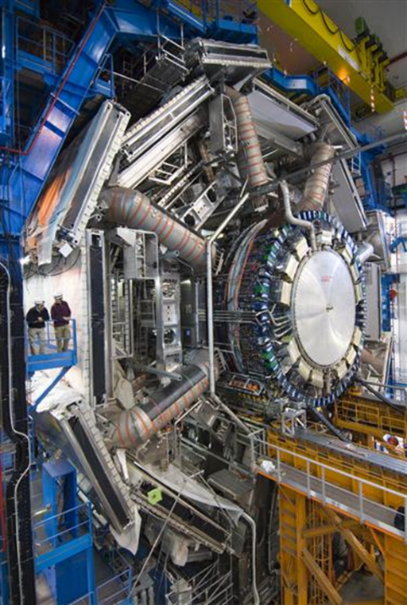
|
The ATLAS experiment has, with the CMS experiment, discovered the Higgs boson. It is actively involved in the search for physics beyond the standard model of particle physics. The detector of this experiment is the largest of its kind in the world.
https://home.cern/fr/science/experiments/atlas
|
DUNE Experiment.
|
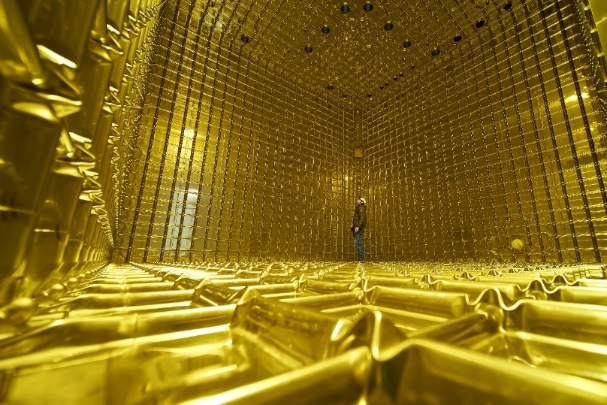
|
The DUNE experiment aims to study neutrinos produced at a distance of 1300 km from the Fermilab accelerator. Neutrinos being particularly elusive particles, the detectors must be gigantic. The prototype detector shown in this picture is a cube of 6 m side containing 800 tons of liquid argon.
|
CTA observatory (Cherenkov Telescope Array).
|
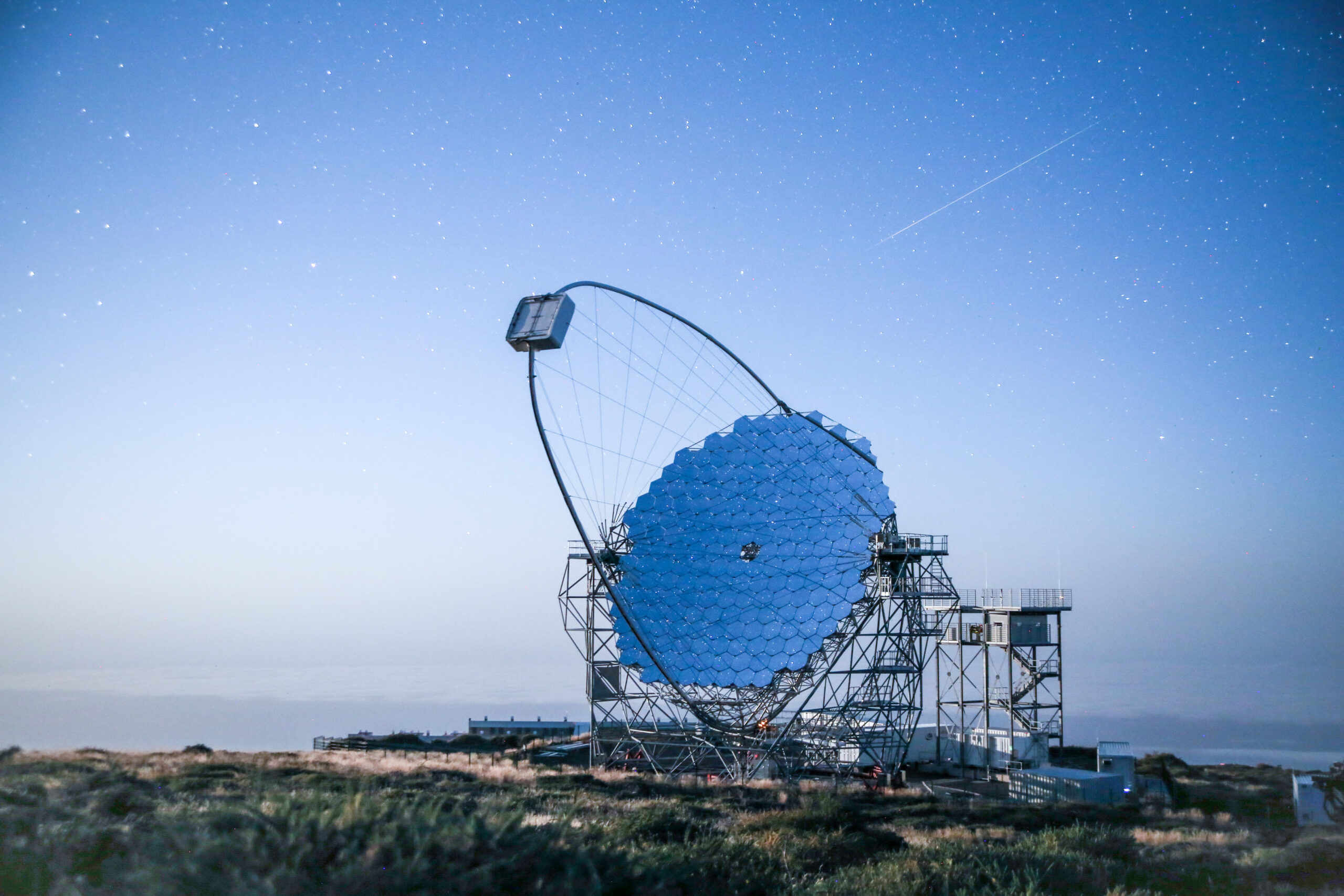
|
CTA is a network of telescopes dedicated to the observation of very high-energy
|
|
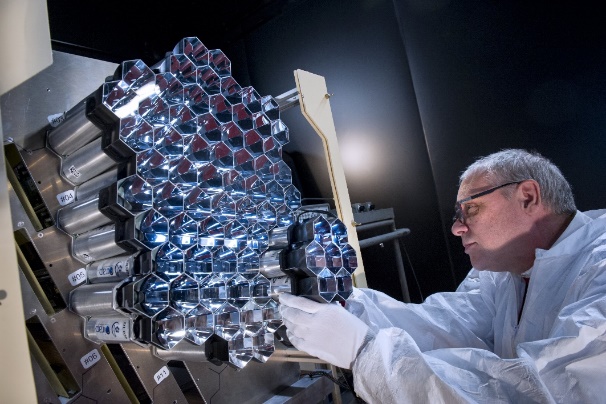
|
The NectarCAM is a camera for detecting Cherenkov emission created by charged particles produced by very high-energy photons in the Earth's atmosphere. It is composed of a set of ultra-sensitive photomultipliers that allow the detection of cosmic gamma rays of "low" energies ~100 GeV.
https://www.cta-observatory.org/
|
Pierre Auger observatory .
|
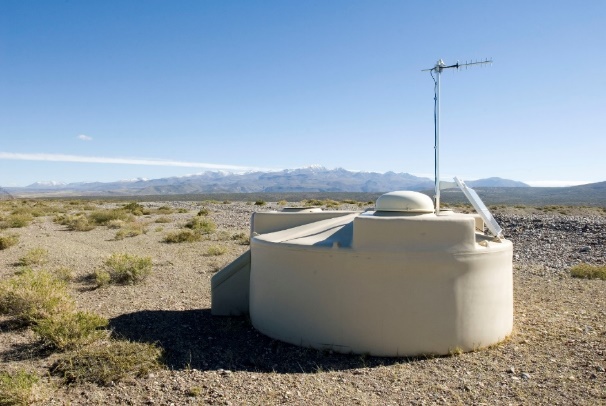
|
The 1600 Cherenkov detectors are spread over an area of 3000
|
Super Proton Synchrotron.
|
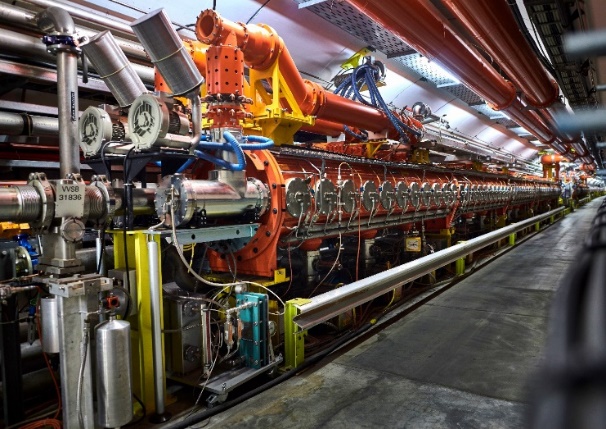
|
Accelerators play a fundamental role in subatomic physics research but also in industrial and medical applications. In this photo, an accelerator section of CERN's Super Proton Synchrotron can be seen. This accelerator delivers beams of protons and heavy ions to physics experiments. It is also used to accelerate beams before they are injected into the Large Hadron Collider (LHC).
https://home.cern/fr/science/accelerators/super-proton-synchrotron
|
Nu-Ball Detector.
|
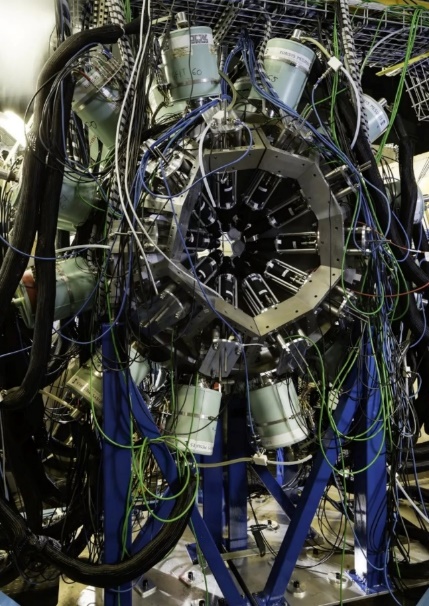
|
The Nu-Ball detector consists of a set of high-purity Germanium semiconductor detectors. These detectors are used to measure the
https://www.ijclab.in2p3.fr/plateformes/alto/
|
AGATA (Advanced Gamma Tracking Array).
|
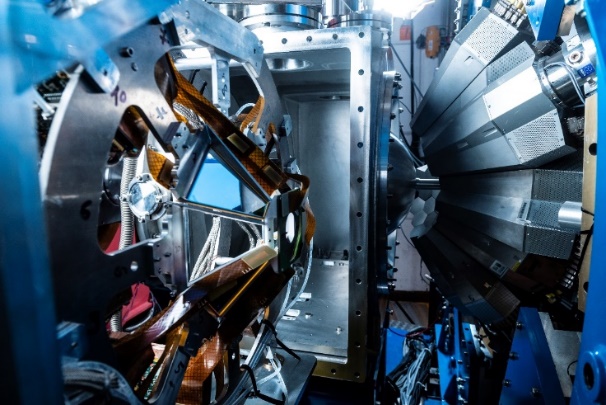
|
AGATA is a multi-photon detector based on ultra-pure germanium detectors. This detector is capable of tracing the trajectory of
|
Central Neutron Detector (CND) of the CLAS12 experiment at Jefferson Laboratory.
|
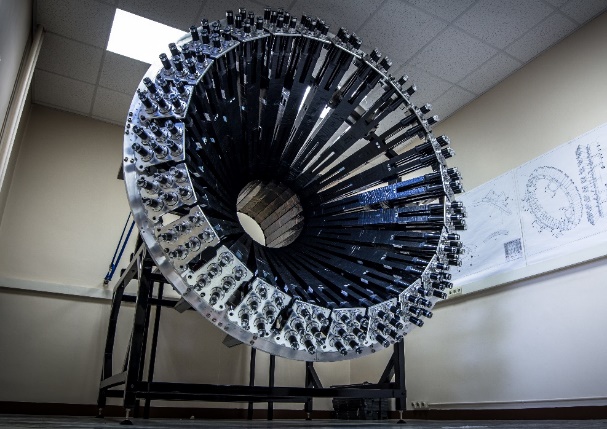
|
The CLAS12 experiment studies the structure of the nucleon (composed of quarks and gluons) by scattering electrons on protons and neutrons. The CND is a detector composed of plastic scintillators that generate and collect light produced by the passage of particles produced in the collisions.
https://www.jlab.org/physics/hall-b/clas12
|
View of the interior of the ANDOMEDE accelerator.
|
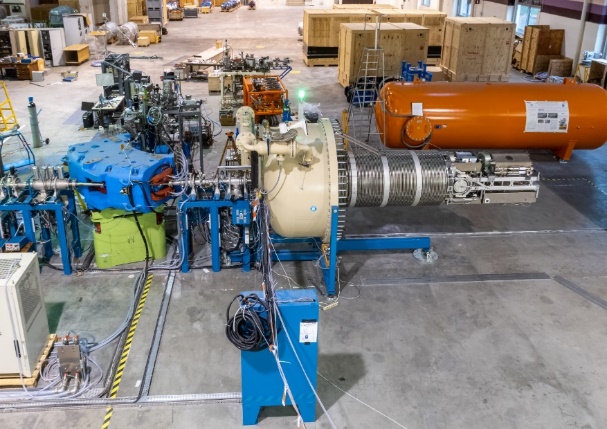
|
Not all accelerators are of the size of the LHC! Some accelerators can be more modest in size, such as the ANDROMEDE accelerator, which can be used to accelerate gold aggregates for the study of materials, or more or less complex molecules to understand the formation of molecules in space (astrochemistry).
https://www.ijclab.in2p3.fr/plateformes/andromede/
|
ScanPyramids – Installation of detectors in Egypt.
|
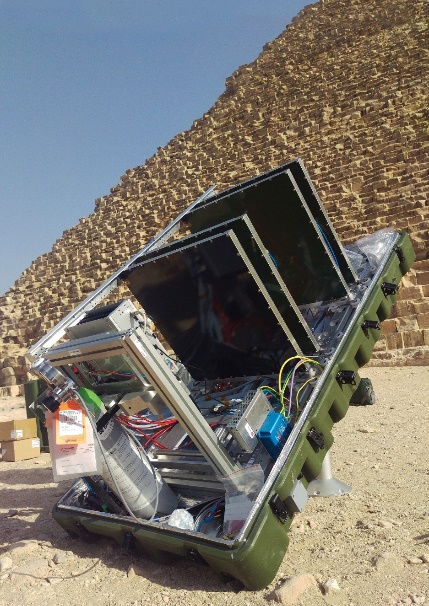
|
The Great Pyramid of Cheops still holds many mysteries about its construction. One technique for examining the interior of the pyramid is to use muonography. Muons of cosmic origin can pass through large quantities of matter. By measuring the absorption of these muons by the pyramid, it is possible to do a tomography of the interior.
|
Double Chooz Experiment.
|
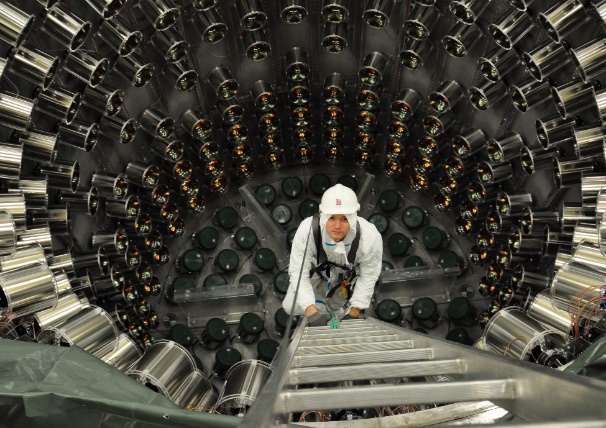
|
Neutrinos exist in 3 different forms. They have the particularity of changing nature: they are said to oscillate. To study these oscillations, at Chooz in the Ardennes, 2 identical detectors are placed at 400 m and 1000 m from the reactor cores of a nuclear power plant. The precise comparison of the neutrino fluxes observed in these two detectors will make it possible to constrain the theoretical parameters that describe these oscillations.
http://doublechooz.in2p3.fr/Public/public.php
|
LSST : Large Synoptic Survey Telescope.
|
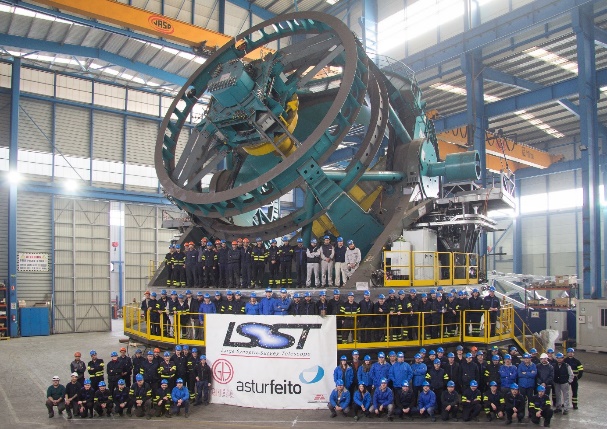
|
The LSST telescope is a large telescope. It will photograph the entire southern sky in three days. It is equipped with a 3.2 billion pixel camera. In addition to mapping the Milky Way and making an inventory of celestial objects in the solar system, it will allow the study of dark matter and dark energy.
|
JWST – James Webb Space Telescope.
|
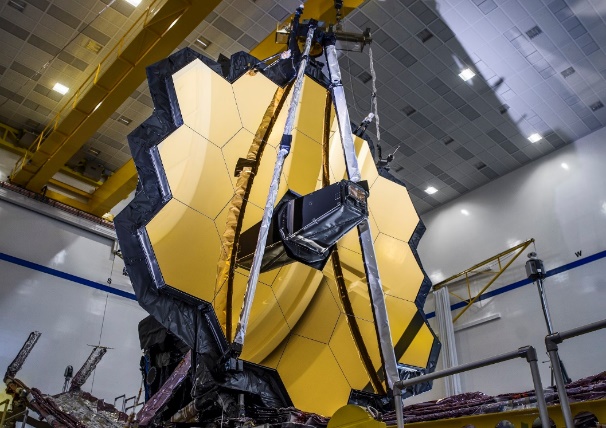
|
The JWST is the largest telescope ever sent into space. It will make mid-infrared observations and will be positioned at the Lagrange point L2. It will be used to study planetary systems and the formation of life, among other things. The photo shows the 6.5 m diameter primary mirror deployed.
|
